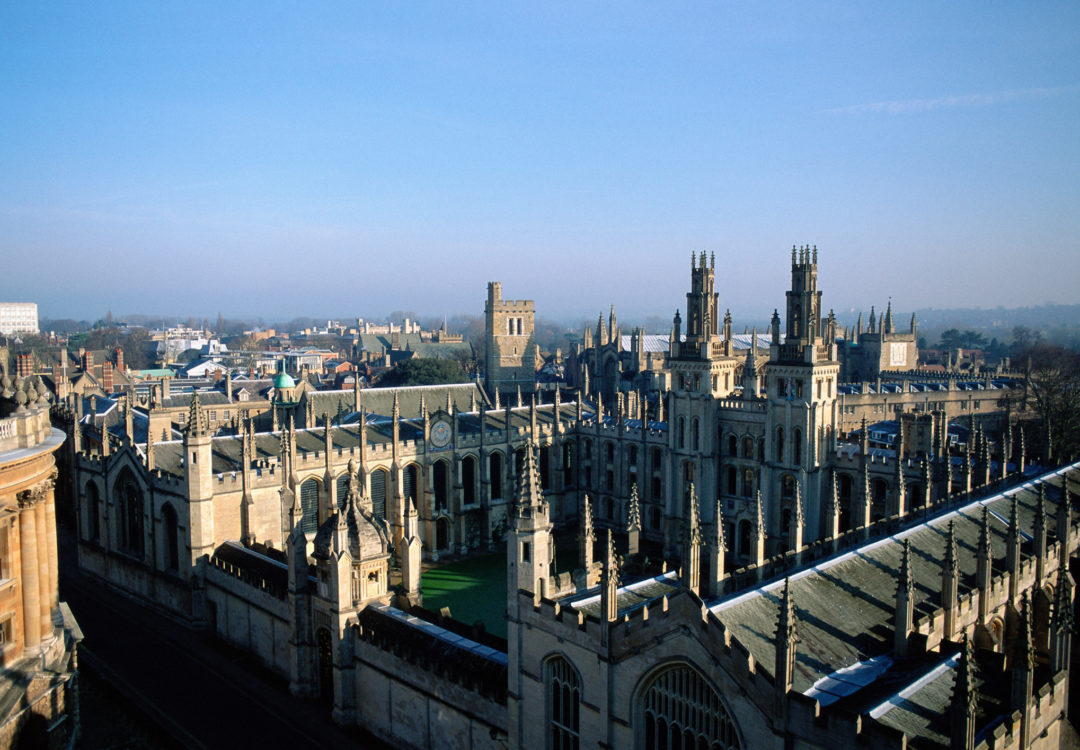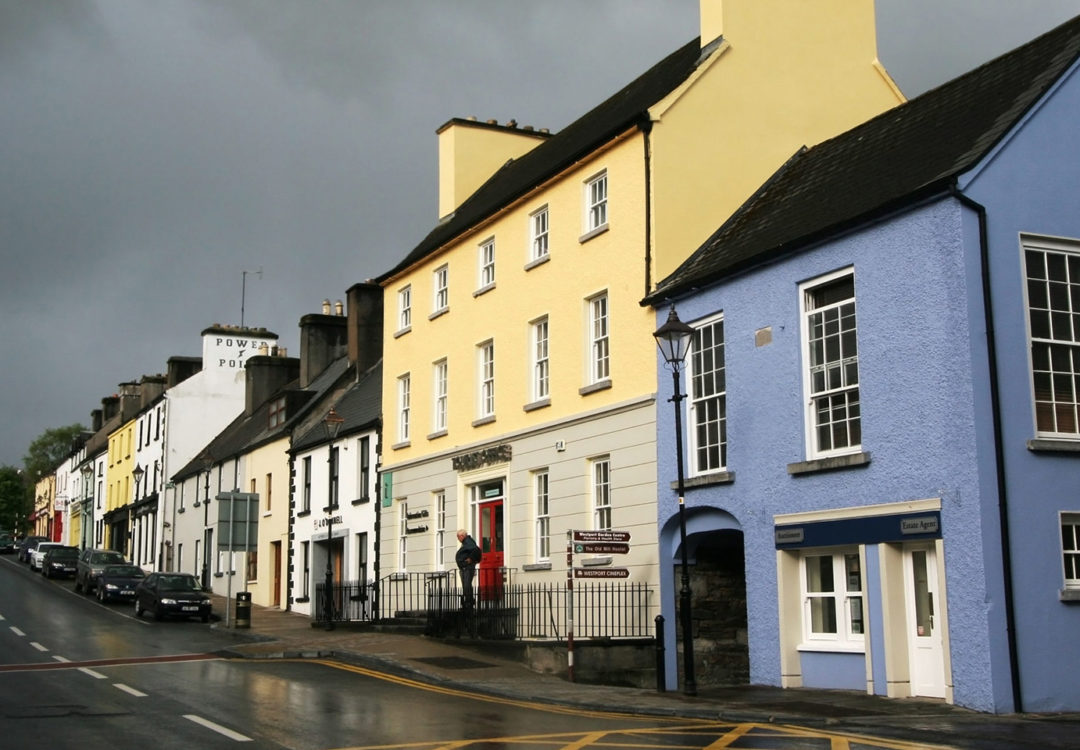Blogs
Blog Series – IP Ingredients, Part 6: Geographical Indications: “What’s in a [place] name?”
February 2024
You are likely to be familiar with Scotch Whisky, Champagne, Welsh Lamb, Stilton blue cheese and Jersey royal potatoes but did you know that the names of some of your favourite meats, cheeses, beers, wines, spirits, fruits and vegetables are afforded special legal protection as geographical indications?
Geographical indications, otherwise known as Protected Food Names, are a form of intellectual property. They protect the names of specific food, drink and agricultural products that possess characteristics derived from a specific geographical region or are made using traditional methods. They are essentially badges of quality that provide consumers with a guarantee as to a product’s characteristics, authenticity, and origin.
There are three main types of geographical indications in the UK: Protected Designations of Origin (“PDOs”), Protected Geographical Indications (“PGIs”) and Traditional Specialities Guaranteed (“TSGs”).
PDOs cover names which identify a product as originating from a specific place, region, or, in exceptional circumstances, a country. The quality or characteristics of the product must be essentially or exclusively due to a particular geographical environment and every part of the production, processing and preparation process must take place in the specific region or country. Examples include Gower Salt Marsh Lamb, Stilton Blue Cheese, English Wine, and Welsh Wine.
A PGI is a name which again identifies a product as originating in a specific place, region, or country, and whose given quality, reputation or other characteristic is essentially attributable to its geographical origin. At least one of the production steps take place in the defined geographical area. Examples include Welsh Leeks, Kentish Ale, Scotch Whisky, Whitstable Oysters, and Cornish Pasties.
In very limited cases PDOs and PGIs can protect some non-edible products such as leather, fur, essential oils, cork, cotton, wool, and feathers, etc. However, from 16 November 2025, craft and industrial goods will benefit from EU-wide GI protection. This will protect certain craft and industrial products originating from specific places or regions, possessing qualities, reputation, or characteristics essentially linked to their geographical origin, and involving at least one production step in that area. It remains to be seen whether the UK will adopt a similar scheme.
Finally, products that fall within the Traditional Specialities Guaranteed (TSGs) category are not tied to a specific location but they are made in a specific way using traditional ingredients and/or methods. Examples include Watercress, Traditional Bramley Apple Pie Filling, Traditionally farmed Gloucestershire Old Spots pork.
Generally a group of producers who all make the same product will apply for a GI. They are usually organised as an entity such as a cooperative or an association. It is possible for an individual to apply for a GI if no other food and drink producer either makes the product or is willing to form a ‘producer group’ to make a joint application.
Prior to Brexit, GIs were protected under the EU GI scheme. The scheme covered all 28 Member States of the EU, including the UK. A separate UK system and GI Register was created on 1 January 2021 at the end of the Brexit transition period. The UK scheme covers England, Scotland and Wales but not Northern Ireland, which is still covered by the EU scheme. The UK scheme is currently virtually identical to the EU system and is managed by DEFRA, the Department for Environment, Food and Rural Affairs.
There is a strong argument to be made that GI protection can benefit consumers, producers and entire communities. If promoted effectively, GI status can inform consumers that a product is of high-quality, it is authentic and it possesses desirable characteristics based on where and how it is made. For example, if you are buying a product described as Scotch Whisky, you will expect it to be distilled and matured in Scotland, to have a minimum alcoholic strength by volume of 40% and for it to be matured for a minimum of three years. As well as guarding consumers against being mislead, GIs can ultimately give consumers access to better quality products by ensuring that certain standards are consistently met and enable them to make more informed purchasing decisions.
The main benefit to producers is the legal protection conferred by GIs. The reputation and equity in a product name is protected by providing producers and groups of producers with collective rights to challenge any third parties who misuse or imitate the protected name. GI status can also create more demand and enable producers to charge a premium for higher quality products.
GIs can also benefit communities by encouraging tourism (such as food and drink festivals linked to specific products), they can assist with the redevelopment of rural economies by creating more jobs etc. and they can preserve British food and drink traditions, heritage and culture.
It is clear that the UK falls behind many of its European counterparts when it comes to the recognition, understanding and promotion of GIs, as well as in its total number of GI registrations. There are likely to be numerous products in the UK that are eligible for GI protection. Producers may wish to consider the benefits of GI protection and seek advice on whether their product is eligible for protection under the UK scheme.
For any questions about GIs, please contact the author: Jason Chester at jchester@hgf.com.
This article was prepared by Trade Mark Director Jason Chester.






























